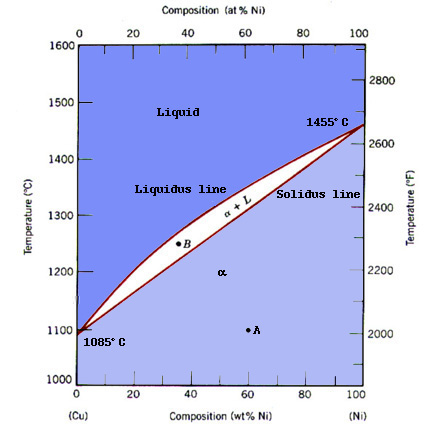While doing my regular reading-up on quantum computing, I came across a tweet that referenced a recent Joe Rogan podcast with Michio Kaku as well as the blog post on Not Even Wrong. I have never read any of Michio Kaku's books but I always thought he was really good at communicating popular physics, that's until I watch the JRE episode. Yikes! why did Micho Kaku talk so confidently about technical details he seems so unfamiliar with. His talking points on quantum computing seem off-base. It's not that he is completely wrong about the prospects of quantum computers it's just he makes such grandiose propositions that don't seem to have a clear line of thinking. For example, I'm going to paraphrase, he mentions using quantum computers as fact-checkers for generative LLMs, like ChatGPT. Okay, what are you specifically thinking about? Why is a quantum computer ideal for this or better than a classical computing approach? Is he referring to some kind of complexity problem related to watermarking AI outputs where only a quantum algorithm could find the solution in polynomial time? Without these kinds of additional details, it seems like he just is making things up! These little statements by Kaku were all throughout the episode and made him seem like he was just a hype man for science, not a knowledgeable professor or researcher. Prof. Woit over on Not Even Wrong basically lambasts Kaku about this behavior.
My bias with semantics in QM
The other thing Kaku kept saying during the JRE episode when referencing quantum mechanics was "parallel universes". For some reason this phrase has always bothered my ears; it's pretty silly I know and probably of little importance, or maybe I'm wrong here. I just don't like the word "parallel" mainly because I think it conjures up notions of communication or connections between "parallel" universes, but this would be misleading in my view. If I want to take a simple example to explore why I think this way, then take the Bell quantum state of two qubits:
\begin{equation*}|\Psi\rangle = \frac{1}{\sqrt{2}}\left(\vert00\rangle +|11\rangle\right)\end{equation*}
What about the two states $\vert 00\rangle$ and $\vert 11\rangle$ are "parallel"? Nothing to me! For one, the inner product between the two basis states is zero because they are orthogonal: $\langle 00|11 \rangle = \langle 11|00\rangle = 0$, so nothing "parallel" about them there. Yes, you may say well each qubit is in a superposition state and so they have a "parallel" configuration, but my premise is this is misleading because in my view it's all about the configurations provided by Hilbert space. So you say, "Well then what do you propose? Or why does this even matter it's just semantics!", for which I say: your right, it probably doesn't! but I think popular science communicators may be providing mental imagery to the broader public that is fanciful. Someone should do a survey of none STEM individuals and see what they say comes to mind when the words "parallel universes" is used. This goes back to my concerns at the beginning of this post.
What I'm trying to say with my ramble is that we should use words that better articulate what we interpret as our best theory to describe. My personal opinion is that the word lenticular, coming from lenticular imaging and which is a process used to create the perception of multiple images on the same print (see figure above). At different viewing angles, you only see one image but viewing the print at a set of angles will show superimposed images. This is what I think the quantum state is like. Nothing is parallel only that certain "views" show specific information; here a view is a stand-in for one of the basis states in the quantum state/wavefunction. You could argue that no one is familiar with the word lenticular, and you would be right, but we can use more common descriptors like "tilt-card". One thing that could also cause trip-ups is that a lot of people confuse the lenticular prints for holographic ones, they are different. In holography, the light field is what is captured whereas in lenticular prints it's the use of interlacing and the lenses.
I should probably provide a conclusive statement on what I want to replace "parallel universes" with. Let me mention that "many worlds" is much better and I definitely like "branches of the quantum state". However, I would probably wager for something like the Tilt-Card Universe. Nothing parallel about the name, hopefully elicits thoughts of multiple "views", and cements the concept that all exist at once.




